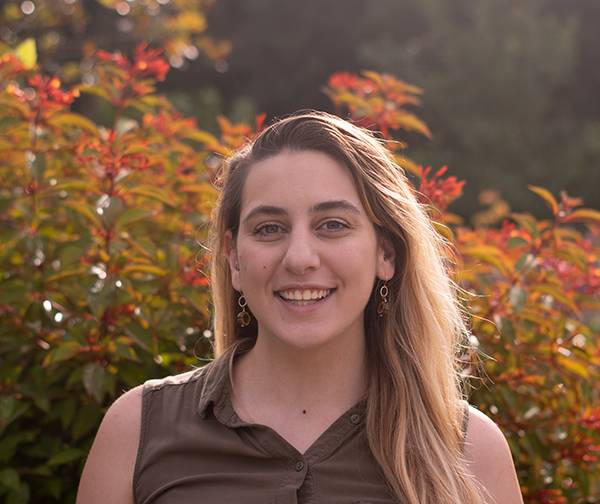 This op-ed was written for the Post & Courier by Land. Water, Wildlife Program Director, Riley Egger and Charleston Waterkeeper Executive Director, Andrew Wunderley.
This op-ed was written for the Post & Courier by Land. Water, Wildlife Program Director, Riley Egger and Charleston Waterkeeper Executive Director, Andrew Wunderley.
The writing is on the water: Outdated septic tank policies and regulatory inaction cost our coastal communities money, threaten our health and leave our waterways polluted.
When septic tanks overflow into waterways due to lax regulations and requirements, our communities, environment and economies suffer. Discarding permit records after five years, the S.C. Department of Health and Environmental Control doesn’t even know where septic tanks are or if they’re functioning properly. And with clear solutions to these problems evident, South Carolinians are suffering needlessly.
Several local communities already see how great this need is and are taking action to combat septic tank pollution. James Island Public Service District and Mount Pleasant Waterworks both received millions of dollars in state funding to invest in the necessary infrastructure to get hundreds of homes off septic tanks along Shem Creek, James Island Creek and in the Snowden community.
Under intense development pressure, the town of Awendaw has received several rezoning applications to establish high-density, residential developments all relying on septic tanks. The town proposed a condition on the latest proposed development, Sewee Landing, that would require the development’s homeowners association to pay for and routinely inspect septic tanks.
The town of James Island put forward $150,000 for baseline inspections and now requires septic systems to be inspected every three years. In 2020, a James Island Creek Water Quality Task Force was even formed to help address contamination issues. The city of Folly Beach is taking a more active role by monitoring vulnerable areas and notifying homeowners and DHEC of potential failures. The city also requires a baseline inspection of septic systems prior to the sale of any home on a septic tank, and the city keeps records.
This engagement is key: We need proactive local action to provide relief for communities now while our state policy plays catch up.
Statewide, DHEC permits septic tanks, but once the permit is approved, DHEC removes itself from the equation, even discarding permitting records after five years. DHEC cannot say how many septic tanks are installed in the state, where they are, or if they function properly. As a result, the agency doesn’t even know how many may be polluting local waterways. DHEC needs the regulatory tools — and the funding resources to implement them — to improve record keeping, monitoring and enforcement activity to even have a chance of staying on top of the problem.
South Carolina’s septic tank policies must consider the unique realities of the coast, where development pressures and climate change compound management challenges. DHEC does not review septic tank permits in these counties for consistency with the state’s Coastal Zone Management Act, despite applying these policies to almost every other type of state environmental permit.
The South Carolina Environmental Law Project, on behalf of Charleston Waterkeeper and the Coastal Conservation League, filed a declaratory judgment action in state court against DHEC to do just that. And we’re asking the court to prohibit DHEC from permitting septic tanks as part of any large development within 200 feet of a state waterway until the case is resolved.
At the very least, South Carolina’s existing septic tank regulations should require a minimum lot size and greater separation between the drain field and groundwater table.
Current regulations have no minimum lot size requirement, so rural communities can be targeted for high-density residential developments completely reliant on septic. In some cases, plans call for hundreds of houses packed in at three houses per acre, all serviced by septic. A minimum lot size requirement would help alleviate that pressure and better protect coastal waterways and shellfish beds from pollution.
Additionally, current regulations require only 6 inches of vertical separation between the septic tank drain field to the groundwater table. Our neighboring states have one-acre lot size minimums and vertical separation distance requirements three times what is required in South Carolina.
Our state’s septic tank regulations simply haven’t kept pace with the forces shaping our coastal environments, including climate change and intense development pressure. South Carolina is being left behind, and our water quality, way of life and communities are paying the price.
Riley Egger is the Coastal Conservation League’s land, water and wildlife program director. Andrew Wunderley is executive director of Charleston Waterkeeper. Jenny Brennan of the Southern Environmental Law Center and Leslie Lenhardt of the South Carolina Environmental Law Project also contributed to this column.
